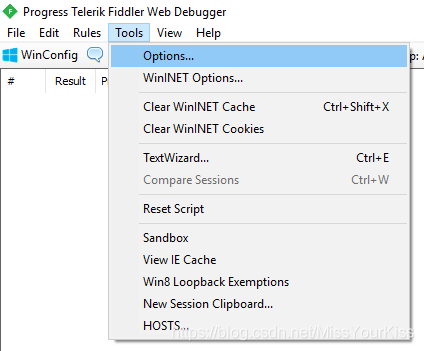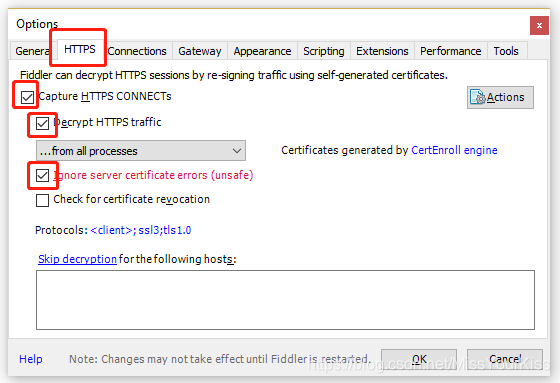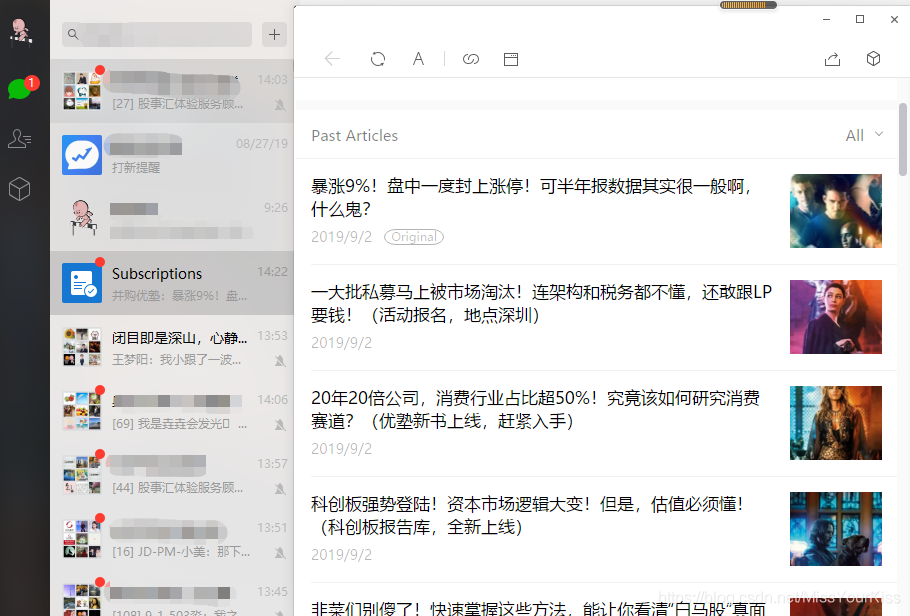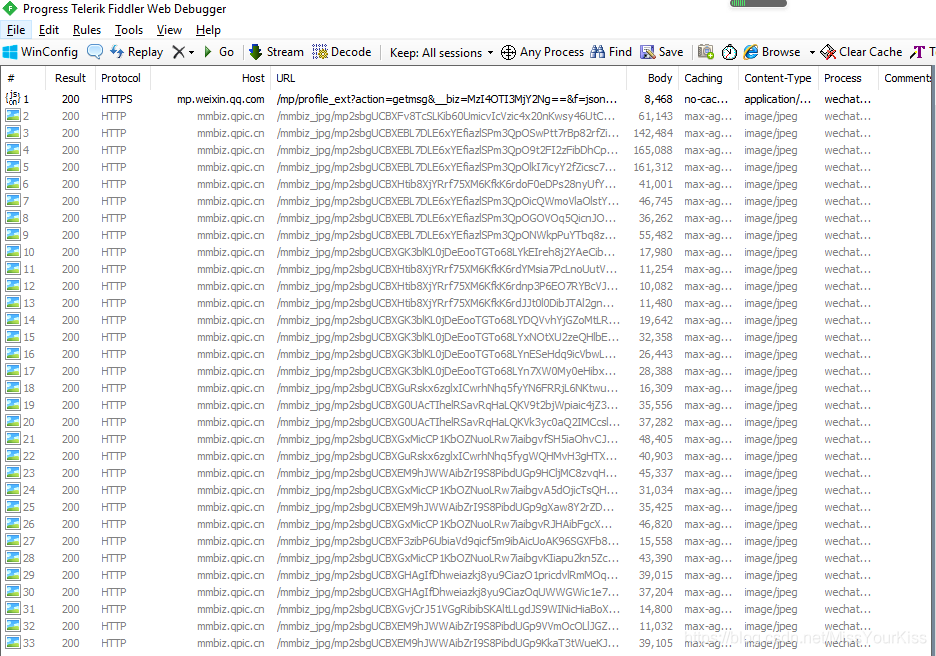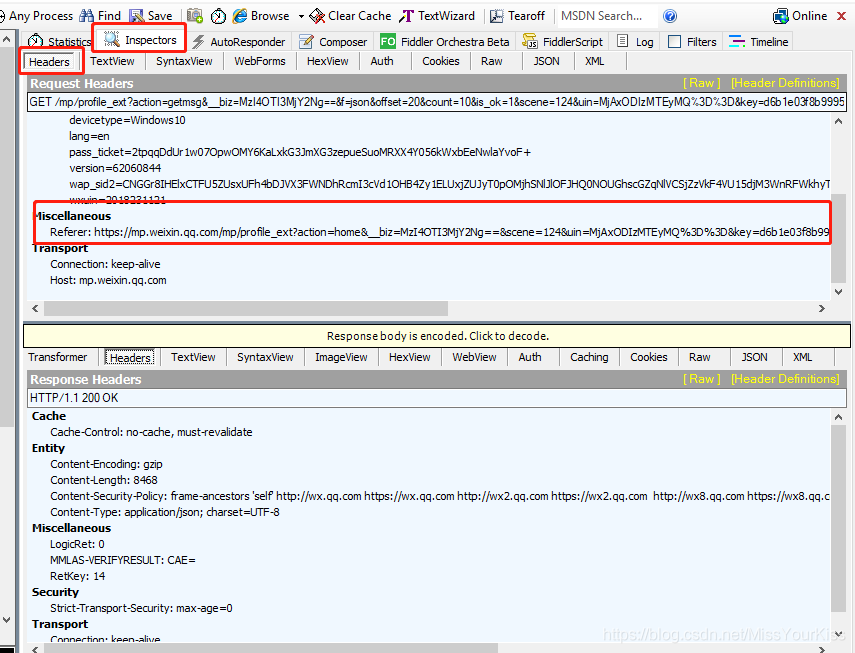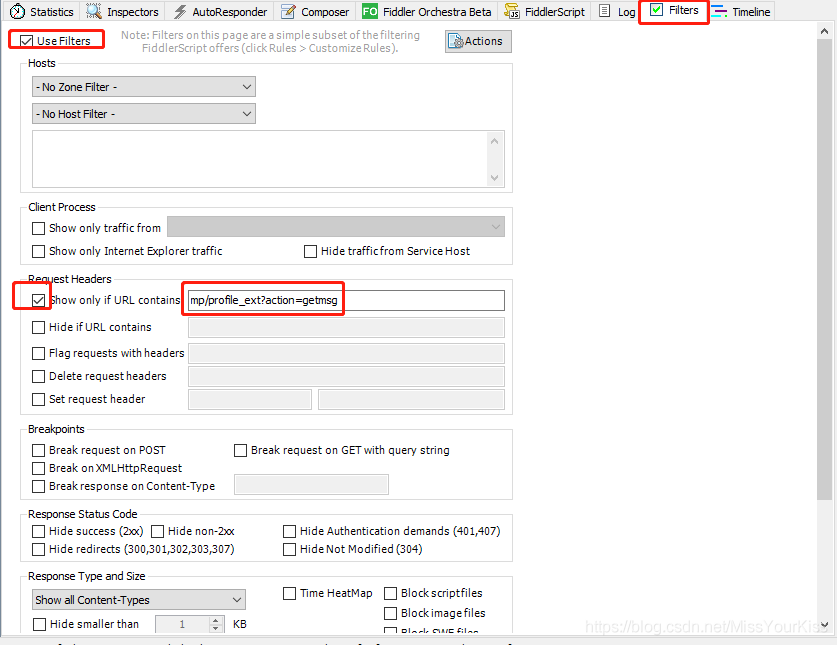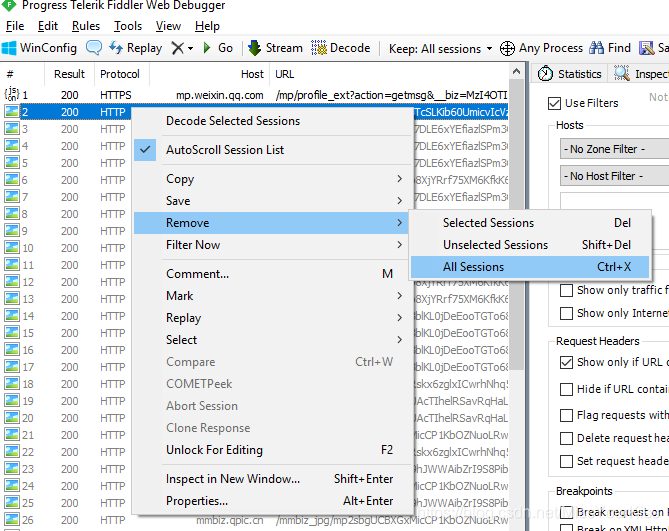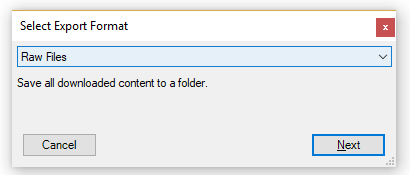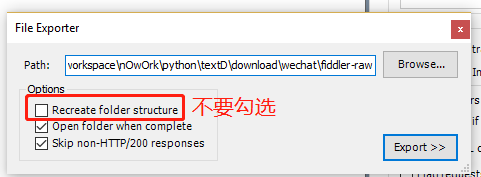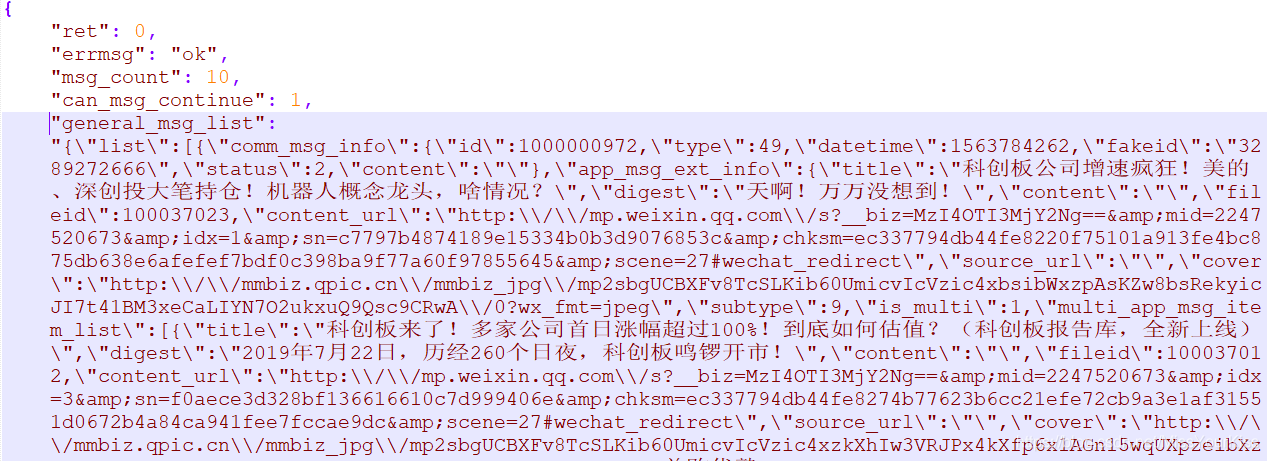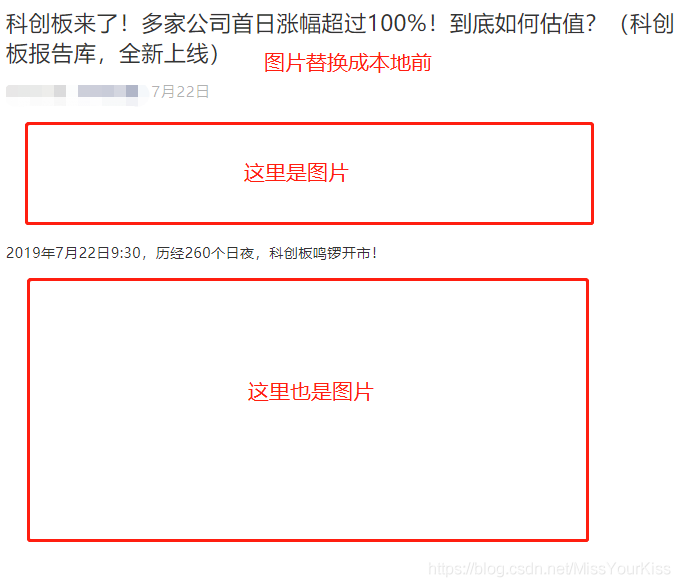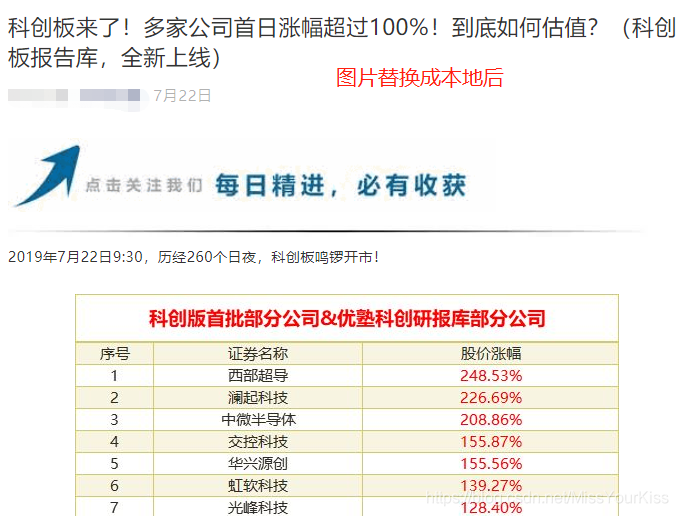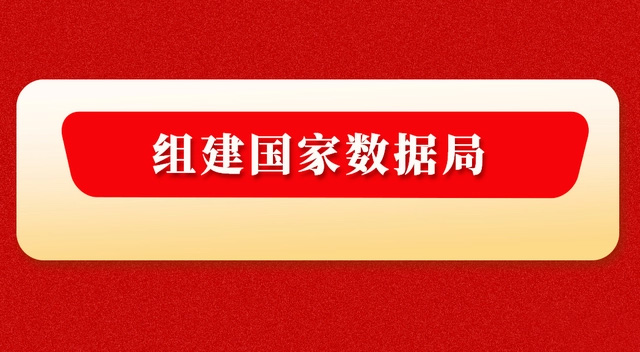1
2
3
4
5
6
7
8
9
10
11
12
13
14
15
16
17
18
19
20
21
22
23
24
25
26
27
28
29
30
31
32
33
34
35
36
37
38
39
40
41
42
43
44
45
46
47
48
49
50
51
52
53
54
55
56
57
58
59
60
61
62
63
64
65
66
67
68
69
70
71
72
73
74
75
76
77
78
79
80
81
82
83
84
85
86
87
88
89
90
91
92
93
94
95
96
97
98
99
100
101
102
103
104
105
106
107
108
109
110
111
112
113
114
115
116
117
118
119
120
121
122
123
124
125
126
127
128
129
130
131
132
133
134
135
136
137
138
139
140
141
142
143
144
145
146
147
148
149
150
151
152
153
154
155
156
157
158
159
160
161
162
163
164
165
166
167
168
169
170
171
172
173
174
175
176
177
178
179
180
181
182
183
184
185
186
187
188
189
190
191
192
193
194
195
196
197
198
199
200
201
202
203
204
205
206
207
208
209
210
211
212
213
214
215
216
217
218
219
220
221
222
223
| # _*_ coding:utf-8 _*_
import os,sys
import requests
import json
import subprocess
import re
import random
import time
from bs4 import BeautifulSoup
from datetime import datetime,timedelta
from time import sleep
class ArticleInfo():
def __init__(self,url,title,idx_num,atc_datetime): #idx_num是为了方便保存图片命名
self.url = url
self.title = title
self.idx_num = idx_num
self.atc_datetime = atc_datetime
def read_file(file_path):
with open(file_path,"r",encoding="utf-8") as f:
file_content = f.read()
return file_content
def save_file(file_path,file_content):
with open(file_path,"w",encoding="utf-8") as f:
f.write(file_content)
def get_html(url):
headers = {
"Accept": "*/*",
"User-Agent": "Mozilla/5.0 (Windows NT 10.0; WOW64) AppleWebKit/537.36 (KHTML, like Gecko) Chrome/53.0.2785.116 Safari/537.36 QBCore/4.0.1219.400 QQBrowser/9.0.2524.400 Mozilla/5.0 (Windows NT 6.1; WOW64) AppleWebKit/537.36 (KHTML, like Gecko) Chrome/39.0.2171.95 Safari/537.36 MicroMessenger/6.5.2.501 NetType/WIFI WindowsWechat",
"Accept-Encoding": "gzip, deflate",
"Accept-Language": "zh-CN,zh;q=0.8,en-US;q=0.6,en;q=0.5;q=0.4",
'Connection':'keep-alive'
}
response = requests.get(url,headers = headers,proxies=None)
if response.status_code == 200:
htmltxt = response.text #返回的网页正文
return htmltxt
else:
return None
def get_save_image(url,img_file_path):
headers = {
"Accept": "*/*",
"User-Agent": "Mozilla/5.0 (Windows NT 10.0; WOW64) AppleWebKit/537.36 (KHTML, like Gecko) Chrome/53.0.2785.116 Safari/537.36 QBCore/4.0.1219.400 QQBrowser/9.0.2524.400 Mozilla/5.0 (Windows NT 6.1; WOW64) AppleWebKit/537.36 (KHTML, like Gecko) Chrome/39.0.2171.95 Safari/537.36 MicroMessenger/6.5.2.501 NetType/WIFI WindowsWechat",
"Accept-Encoding": "gzip, deflate",
"Accept-Language": "zh-CN,zh;q=0.8,en-US;q=0.6,en;q=0.5;q=0.4",
'Connection':'keep-alive'
}
response = requests.get(url,headers = headers,proxies=None)
with open(img_file_path,"wb") as f:
f.write(response.content)
def get_article_list(json_path):
"""
通过抓取的包的json文件,获取所有文章的信息的列表
"""
file_list = os.listdir(json_path) #jsonpath是fiddler导出的文件夹路径
article_list = [] # 用来保存所有文章的列表
for file in file_list:
file_path = os.path.join(json_path,file)
file_cont = read_file(file_path)
json_cont = json.loads(file_cont)
general_msg_list = json_cont['general_msg_list']
json_list = json.loads(general_msg_list)
#print(json_list['list'][0]['comm_msg_info']['datetime'])
for lst in json_list['list']:
atc_idx = 0 # 每个时间可以发多篇文章 为了方便后续图片命名
seconds_datetime = lst['comm_msg_info']['datetime']
atc_datetime = seconds_to_time(seconds_datetime)
if lst['comm_msg_info']['type'] == 49: # 49为普通的图文
atc_idx+=1
url = lst['app_msg_ext_info']['content_url']
title = lst['app_msg_ext_info']['title']
atc_info = ArticleInfo(url,title,atc_idx,atc_datetime)
article_list.append(atc_info)
if 1 == lst['app_msg_ext_info']['is_multi']: # 一次发多篇
multi_app_msg_item_list = lst['app_msg_ext_info']['multi_app_msg_item_list']
for multi in multi_app_msg_item_list:
atc_idx+=1
url = multi['content_url']
title = multi['title']
mul_act_info = ArticleInfo(url,title,atc_idx,atc_datetime)
article_list.append(mul_act_info)
return article_list
def chg_img_link(bs_html):
link_list = bs_html.findAll("link")
for link in link_list:
href = link.attrs["href"]
if href.startswith("//"):
new_href = "http:"+href
link.attrs["href"]=new_href
def rep_image(org_html,local_img_path,html_name):
bs_html = BeautifulSoup(org_html,"lxml")
img_list = bs_html.findAll("img")
img_idx = 0 # 计数和命名用
for img in img_list:
img_idx+=1
org_url = "" # 图片的真实地址
if "data-src" in img.attrs: # <img data-src="..."
org_url = img.attrs['data-src']
elif "src" in img.attrs : # <img src="..."
org_url = img.attrs['src']
if org_url.startswith("//"):
org_url = "http:" + org_url
if len(org_url) > 0 :
print("download image ",img_idx)
if "data-type" in img.attrs:
img_type = img.attrs["data-type"]
else:
img_type = "png"
img_name = html_name + "_" + str(img_idx) + "." +img_type
img_file_path = os.path.join(local_img_path,img_name)
get_save_image(org_url,img_file_path) # 下载并保存图片
img.attrs["src"] = "images/" + img_name
else:
img.attrs["src"] = ""
chg_img_link(bs_html)
return str(bs_html)
def down_html(json_path,html_path):
if not os.path.exists(html_path):
os.makedirs(html_path) # 创建保存html文件的文件夹
local_img_path = os.path.join(html_path,"images")
if not os.path.lexists(local_img_path):
os.makedirs(local_img_path) # 创建保存本地图片的文件夹
article_list = get_article_list(json_path)
article_list.sort(key=lambda x:x.atc_datetime, reverse=True) # 根据文章发表时间倒序排列
tot_article = len(article_list) # 文章的总数量
i = 0 #计数用
for atc in article_list:
i+=1
atc_unique_name = str(atc.atc_datetime) + "_" + str(atc.idx_num) # 时间+序号 作为同一时间发表的文章的唯一标识
html_name = atc_unique_name+".html"
html_file_path = os.path.join(html_path,html_name)
print(i,"of",tot_article,atc_unique_name,atc.title)
if os.path.exists(html_file_path): # 支持续传
print("{} existed already!".format(html_file_path))
continue
org_atc_html = get_html(atc.url)
new_atc_html = rep_image(org_atc_html,local_img_path,html_name)
save_file(html_file_path,new_atc_html)
sleep(round(random.uniform(1,3),2))
"""for test
if i>0 :
break
"""
def conv_html_pdf(html_path,pdf_path):
if not os.path.exists(pdf_path):
os.makedirs(pdf_path)
f_list = os.listdir(html_path)
for f in f_list:
if (not f[-5:]==".html") or ("tmp" in f): #不是html文件的不转换,含有tmp的不转换
continue
html_file_path = os.path.join(html_path,f)
html_tmp_file = html_file_path[:-5]+"_tmp.html" #生成临时文件,供转pdf用
html_str = read_file(html_file_path)
bs_html = BeautifulSoup(html_str,"lxml")
pdf_title = ""
title_tag = bs_html.find(id="activity-name")
if title_tag is not None:
pdf_title = "_"+title_tag.get_text().replace(" ", "").replace(" ","").replace("\n","")
print(pdf_title)
r_idx = html_file_path.rindex("/") + 1
pdf_name = html_file_path[r_idx:-5]+pdf_title
pdf_file_path = os.path.join(pdf_path,pdf_name+".pdf")
"""
加快转换速度,把临时文件中的不必要的元素去掉
"""
[s.extract() for s in bs_html(["script","iframe","link"])]
save_file(html_tmp_file,str(bs_html))
call_wkhtmltopdf(html_tmp_file,pdf_file_path)
def call_wkhtmltopdf(html_file_path,pdf_file_path,skipExists=True,removehtml=True):
if skipExists and os.path.exists(pdf_file_path):
print("pdf_file_path already existed!")
if removehtml :
os.remove(html_file_path)
return
exe_path = cfg['wkhtmltopdf'] #wkhtmltopdf.exe的保存路径
cmd_list = []
cmd_list.append(" --load-error-handling ignore ")
cmd_list.append(" "+ html_file_path +" ")
cmd_list.append(" "+ pdf_file_path +" ")
cmd_str = exe_path + "".join(cmd_list)
print(cmd_str)
subprocess.check_call(cmd_str, shell=False)
if removehtml:
os.remove(html_file_path)
def get_config():
cfg_file = read_file("config/wechat.cfg")
cfg_file = cfg_file.replace("\\\\","/").replace("\\","/") #防止json中有 / 导致无法识别
cfg_json = json.loads(cfg_file)
return cfg_json
def seconds_to_time(seconds):
taime_array = time.localtime(seconds) # 1970-01-01 00:00:00 到发表时的秒数
other_style_time = time.strftime("%Y-%m-%d %H:%M:%S", taime_array)
date_time =datetime.strptime(other_style_time, "%Y-%m-%d %H:%M:%S")
return str(date_time).replace("-","").replace(":","").replace(" ","")
cfg = get_config() # 获得配置文件的全局变量
#get_article_list("./tmp/") # for test
#down_html("./tmp/","./html/")# for test
if __name__ == "__main__":
if len(sys.argv) == 1:
arg = None
else:
arg = sys.argv[1]
if arg is None or arg == "html":
down_html(cfg['jsonDir'],cfg['htmlDir'])
elif arg == "pdf":
conv_html_pdf(cfg['htmlDir'],cfg['pdfDir'])
|
